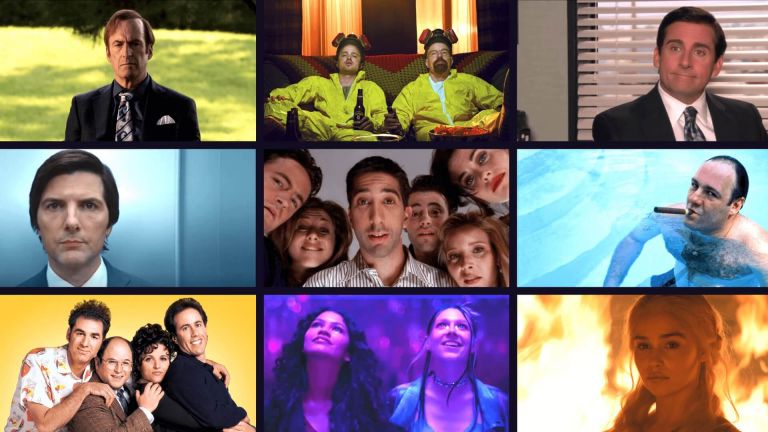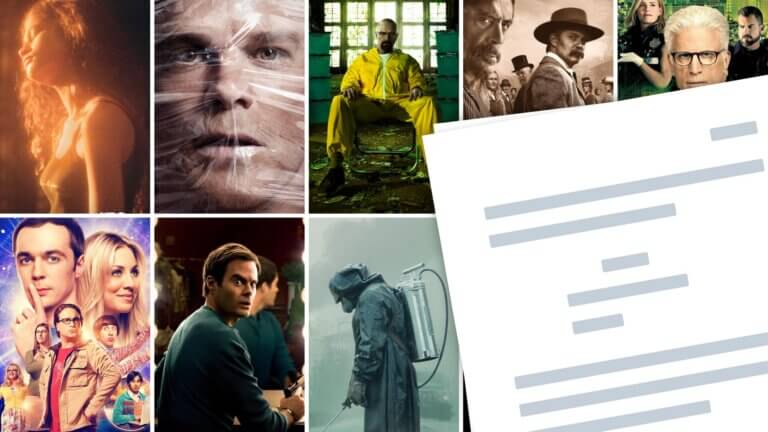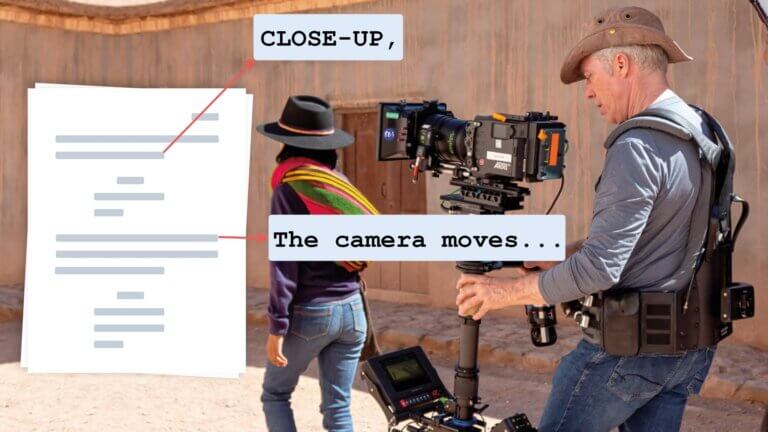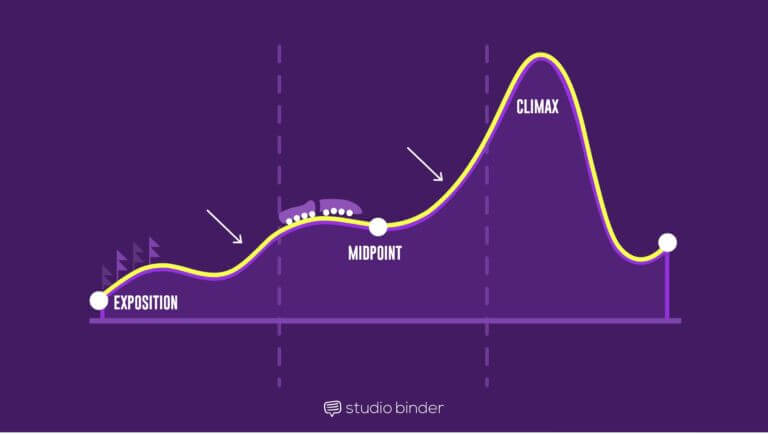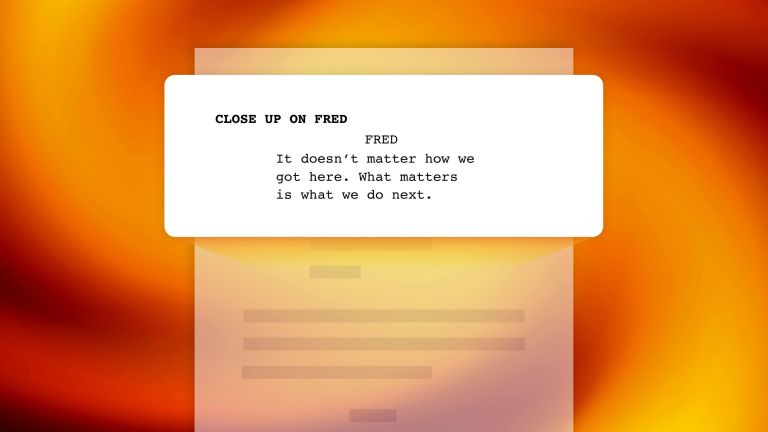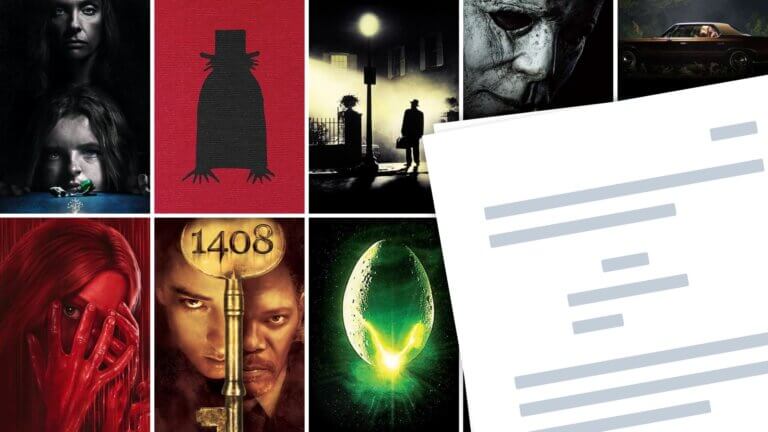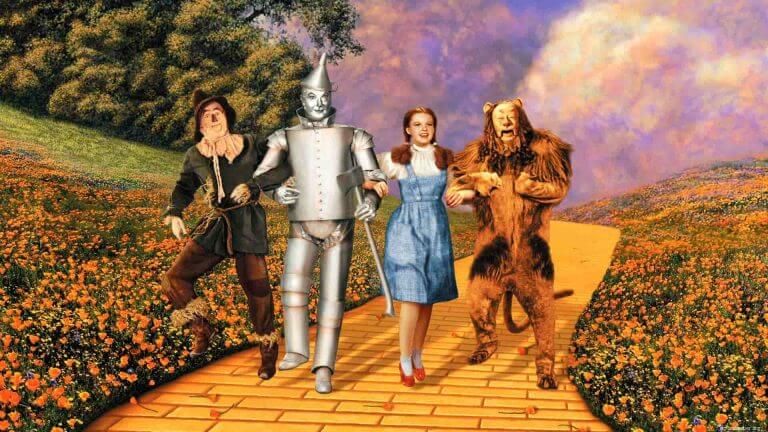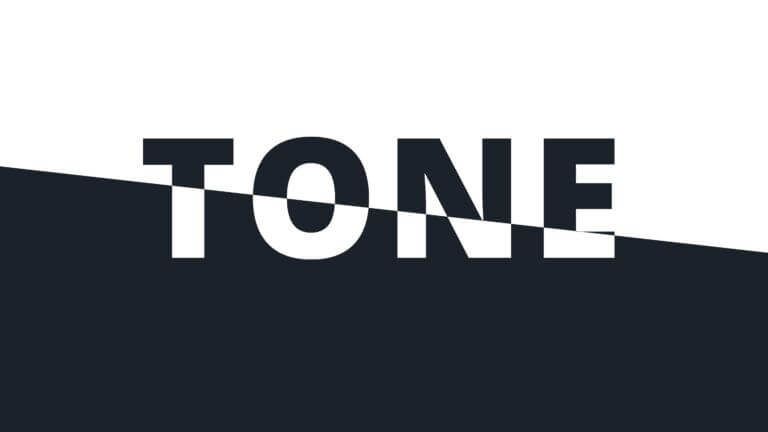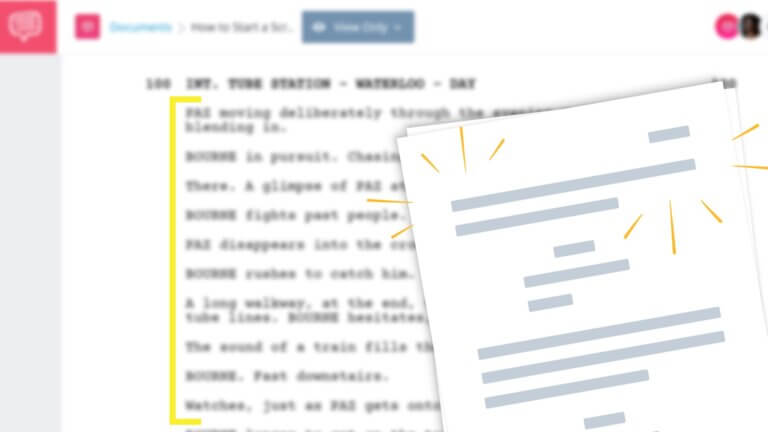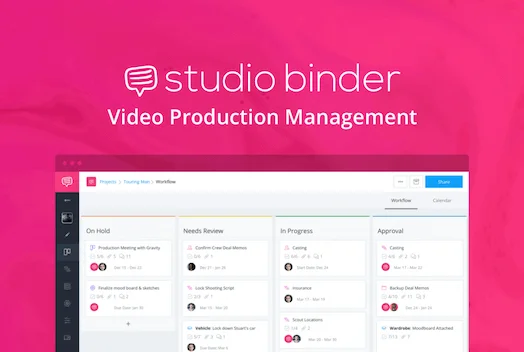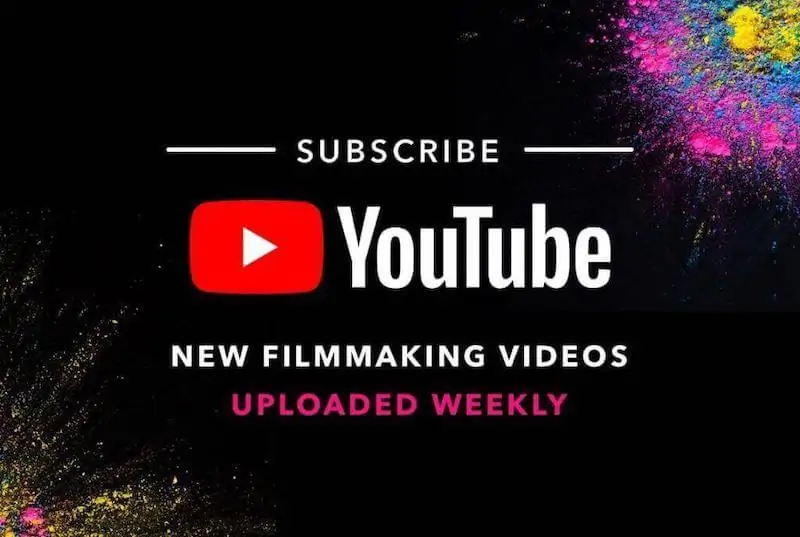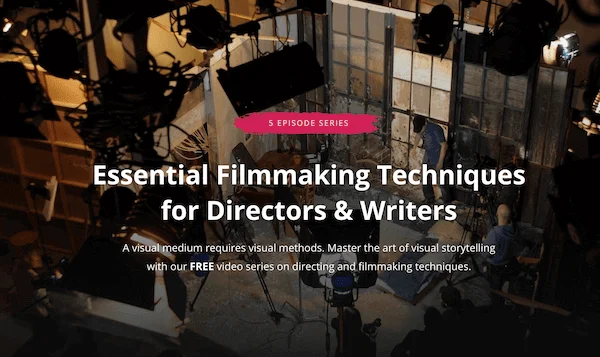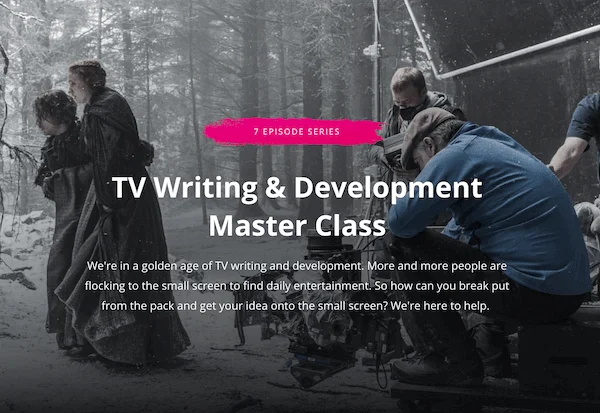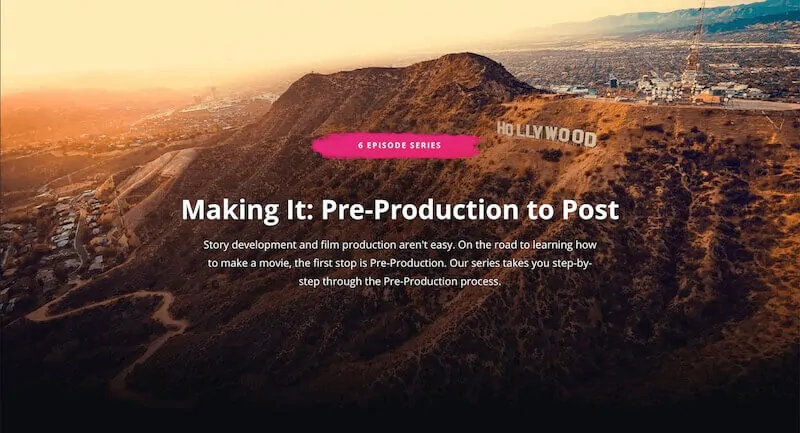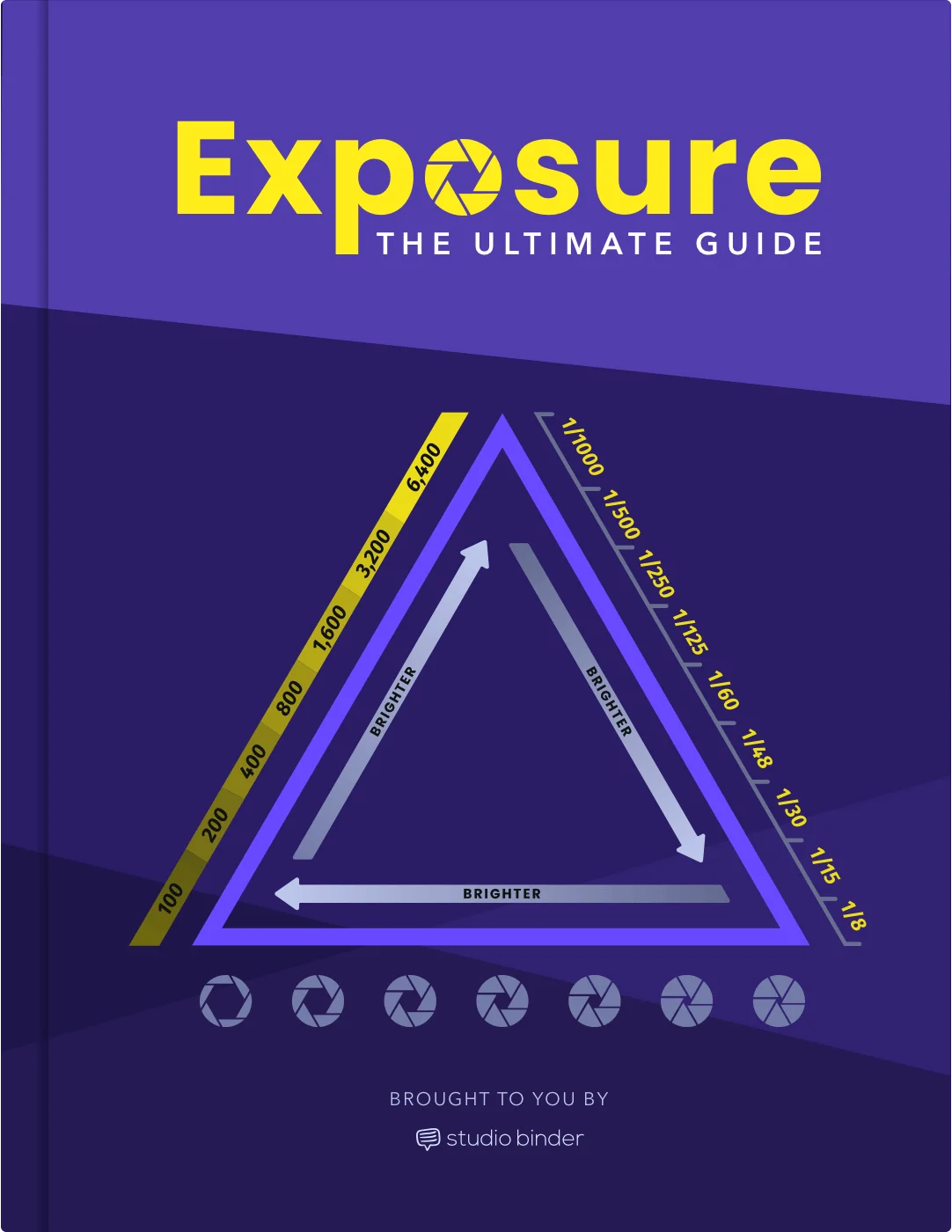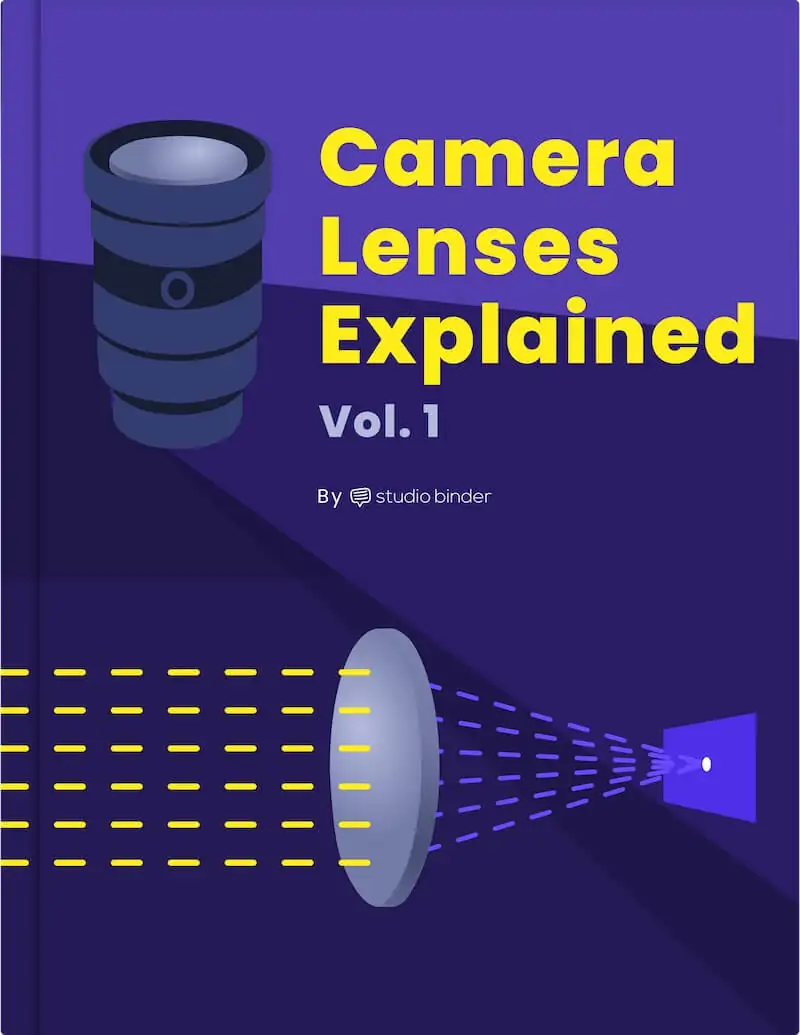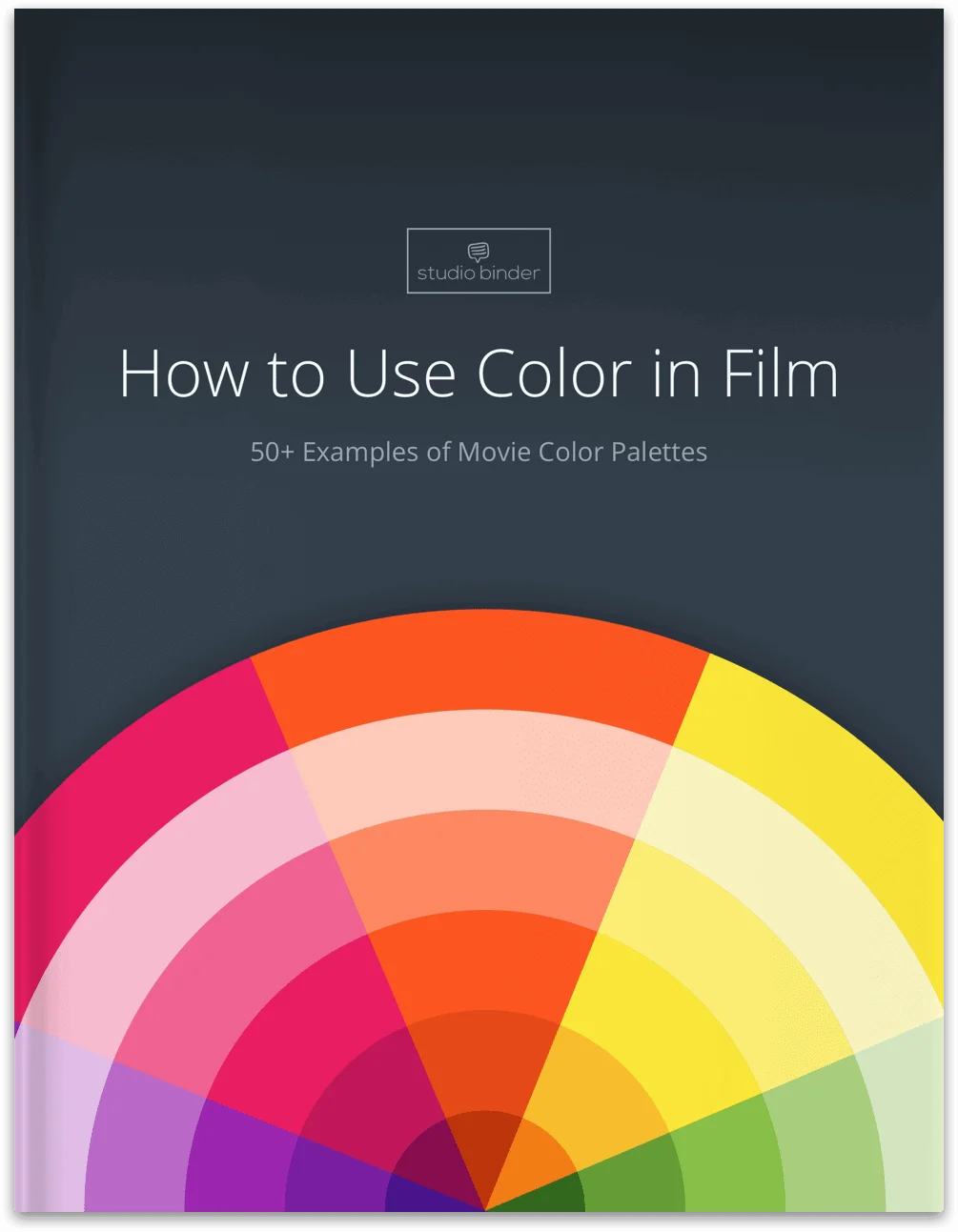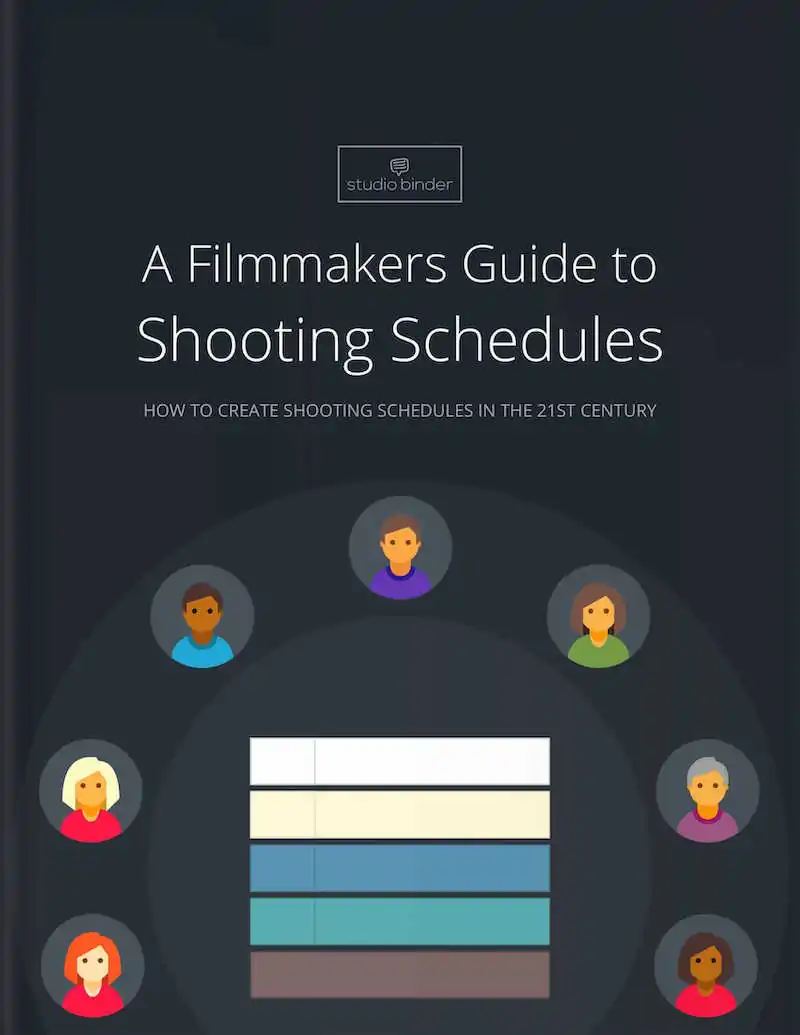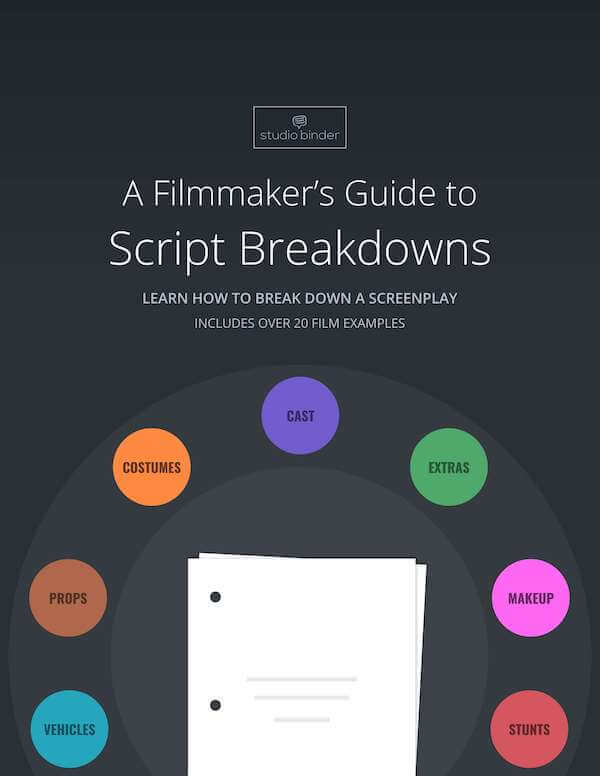TV script format is perhaps the most difficult type of script format to master. That’s because it involves tons of intricacies that screenplays and stage plays don’t. Never fear though, we’re going to break down everything you need to know about TV script format, from 30-minute sitcoms to hour-plus dramas. We’ll look at teleplay examples from Seinfeld, Breaking Bad, and more to see how professional script writers use the format. By the end, you’ll be ready to get started on your very own TV script. Continue reading TV Script Format 101 — Examples of How to Format a TV…
Welcome to StudioBinder's screenplay library, your ultimate resource for the most captivating and immersive free TV scripts. Step into the world of television storytelling as we present a curated selection of the finest scripts ever written for the small screen. From gripping dramas to hilarious comedies and captivating thrillers, this treasure trove of TV scripts is a valuable tool for aspiring writers and television enthusiasts. Get ready to be captivated by the power of television storytelling. Enjoy!Continue reading Best Free TV Scripts Online (with PDF Downloads)
The role of a screenwriter is to tell a story and create a cinematic experience on paper. It is a common debate as to whether or not screenwriters should write camera directions in a screenplay. Whether or not you plan to use them or plan to avoid them, it's important to understand at least how to write camera directions in a script properly. In this article, we’ll take a look at how to write camera directions in a script as well as why to use them minimally.Continue reading How to Write Camera Directions in a Script — Tips & Techniques
MORE and CONT’D are dialogue transitions that are used to mark the continuation of characters speaking in a screenplay. We’re going to show you how to use MORE and CONT’D with screenplay examples – and then we’ll explain when you should use them in your own scripts.Continue reading What Does CONT’D Mean in a Screenplay & How to Use It
Whether you searched them out yourself, or whether someone recommended you “work on structure,” all writers have come across a screenplay structure in their day. Some swear by it, others liken it to creative cancer. The truth is, whether you like them or not, there is value in understanding what the formulas are and how they are used. Today, we’ll learn the screenplay structures you need to know, how they work, and run a few scripts through them.Continue reading Screenplay Structure Examples — A Guide for Screenwriters
There is much debate around the use of shot descriptions within a screenplay. Despite many people discouraging the use of writing shots into a screenplay, there are a plethora of examples of shots being used in scripts of major feature films. Knowing how to write shots into a screenplay is important for any screenwriter, whether you agree on its use or not. In this article, we’ll dive into how to write shots in a script and then discuss whether or not you should use shot descriptions in your script. Continue reading How to Write Shots in a Script — Screenplay…
Welcome to StudioBinder's screenplay library, your ultimate destination for spine-chilling and blood-curdling free horror scripts. Brace yourself for a journey into the dark realms of fear and terror as we present a handpicked selection of the most bone-chilling and haunting stories ever written. Dive into the depths of horror, where suspense lurks around every corner and nightmares come to life. With feature-length screenplays and insightful breakdowns, this collection will send shivers down your spine. Enjoy!Continue reading Best Free Horror Movie Scripts Online (with PDF Downloads)
Verbal irony can take many forms, each with its own characteristics and purpose. What is understatement? Understatement is a type of verbal irony that turns language into an opportunity to say a lot with a little. Mastering this type of verbal irony is a great tool for any writer looking to bring sophistication and nuance to their dialogue. Let's define understatement with examples that show just how versatile it can be.Continue reading What is Understatement? Definition and Examples for Screenwriters
What is tone? To answer that question we have to place tone in an appropriate context. Tone can refer to the intonation/pitch of acoustics, the meeting of light and shadow, the firmness of muscles, etc. — but we’re going to focus on what tone means in storytelling. Tone is how an artist feels towards the art they create — sounds simple enough right? Well, consider this: how do we know how an artist feels? We’re going to explore that question by looking at examples from William Shakespeare, Edgar Allan Poe and more. By the end, you’ll know what makes tone…
In the world of screenwriting, details matter, and one such detail that carries significant weight is font choice. The font used in a screenplay isn't merely an aesthetic choice but a fundamental aspect that impacts readability, standardization, and even timing. So, what is the proper screenplay font? The answer is simple but the reasoning why is fascinating. Let's go!Continue reading Screenplay Font Explained — And Why Hollywood Uses It
